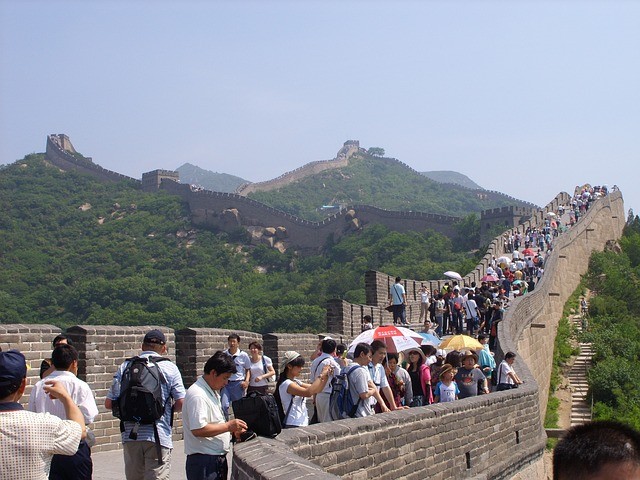China has a rich history and cultural heritage that spans thousands of years, encompassing a wide range of dynasties, traditions, philosophies, and artistic achievements. Here’s a brief overview of some key aspects of China’s history and culture:
Ancient Civilizations:
- China boasts one of the world’s oldest continuous civilizations, with evidence of advanced cultures dating back to around 5,000 years ago. The Yangshao and Longshan cultures are among the early examples of settled agricultural societies.
Dynastic Rule:
- China’s history is often categorized into dynastic periods, where ruling families and emperors held power. Notable dynasties include the Qin, Han, Tang, Song, Yuan (Mongol), Ming, and Qing. Each dynasty contributed to China’s political, cultural, and technological advancements.
Great Wall of China:
- Built over centuries and spanning thousands of miles, the Great Wall of China was constructed to protect against invasions from the north. It’s one of the most iconic symbols of China’s history and engineering prowess.

Confucianism and Daoism:
- Confucianism emphasizes moral values, social harmony, and respect for tradition. Daoism focuses on living in accordance with the natural flow of the universe and seeks balance and simplicity.
Silk Road:
- The Silk Road was a network of trade routes that connected China with the Middle East, Africa, and Europe. It facilitated the exchange of goods, cultures, and ideas, playing a significant role in the spread of Chinese culture and knowledge.
Inventions and Discoveries:
- China is credited with inventing numerous technologies and innovations, including papermaking, printing, gunpowder, the compass, and porcelain. These inventions had a profound impact on global development.
Chinese Philosophy:
- Beyond Confucianism and Daoism, Chinese philosophy encompasses schools like Legalism and Mohism. These philosophies shaped governance, ethics, and social norms.
Art and Literature:
- Chinese art spans various forms, including calligraphy, painting, sculpture, and ceramics. Traditional Chinese literature includes classics like “The Art of War” by Sun Tzu, poetry by Li Bai and Du Fu, and novels like “Journey to the West.”
Imperial Palaces and Gardens:
- The Forbidden City in Beijing, a sprawling imperial palace complex, exemplifies Chinese architecture and culture. The Summer Palace and other royal gardens showcase the aesthetic appreciation of nature.
Cuisine:
- Chinese cuisine is renowned globally for its diverse flavors, regional variations, and use of ingredients like rice, noodles, vegetables, and spices. Each region has its own culinary specialties.
Cultural Festivals:
- Festivals like Chinese New Year, Mid-Autumn Festival, and Dragon Boat Festival are celebrated with colorful traditions, performances, and delicious food.
China’s history and culture continue to evolve while maintaining a strong connection to its past. Exploring these facets provides insights into the country’s immense contributions to human civilization and its lasting influence on art, philosophy, science, and more.











